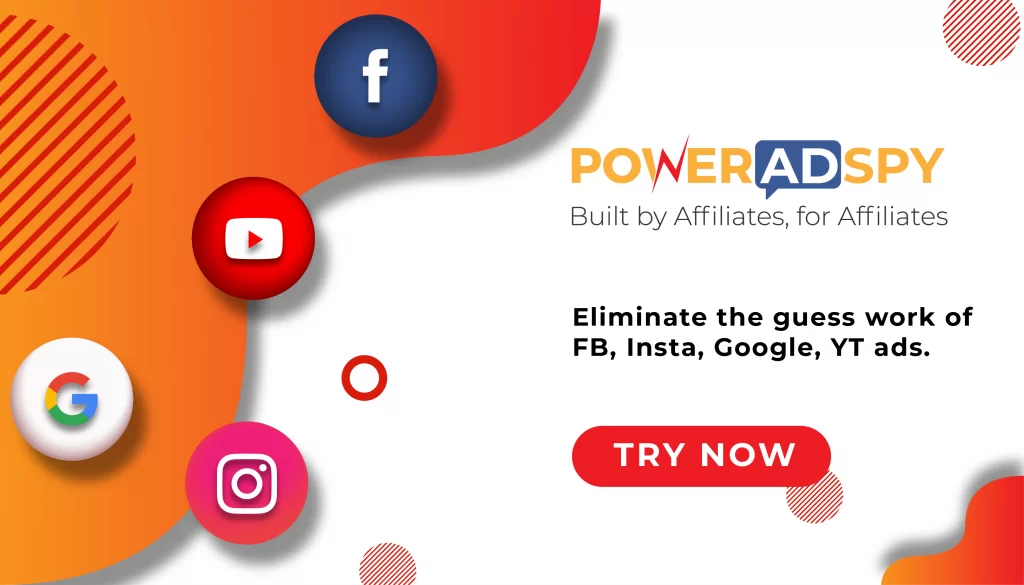Advertising Techniques: The Complete Guide
Advertising techniques are everywhere, from the moment you scroll through your phone in the morning to the billboards that blur past your window on the way to work.
But have you ever stopped to wonder why certain ads catch your attention while others fade into the background? The secret lies in the background?
The secret lies in the art and science of advertisement techniques, a powerful blend of psychology, creativity, and strategy designed to influence how we think, feel, and buy. Whether it’s a heartwarming story, a celebrity endorsement, or a clever slogan, every element is carefully crafted to leave a lasting impression. Let’s dive into the fascinating world of these persuasive tools that shape our choices every day.
In this blog, we will see what advertising techniques are and some advertising techniques.
Let’s begin.
Hit ‘Play’ Button & Tune Into The Blog!
What Are Advertising Techniques?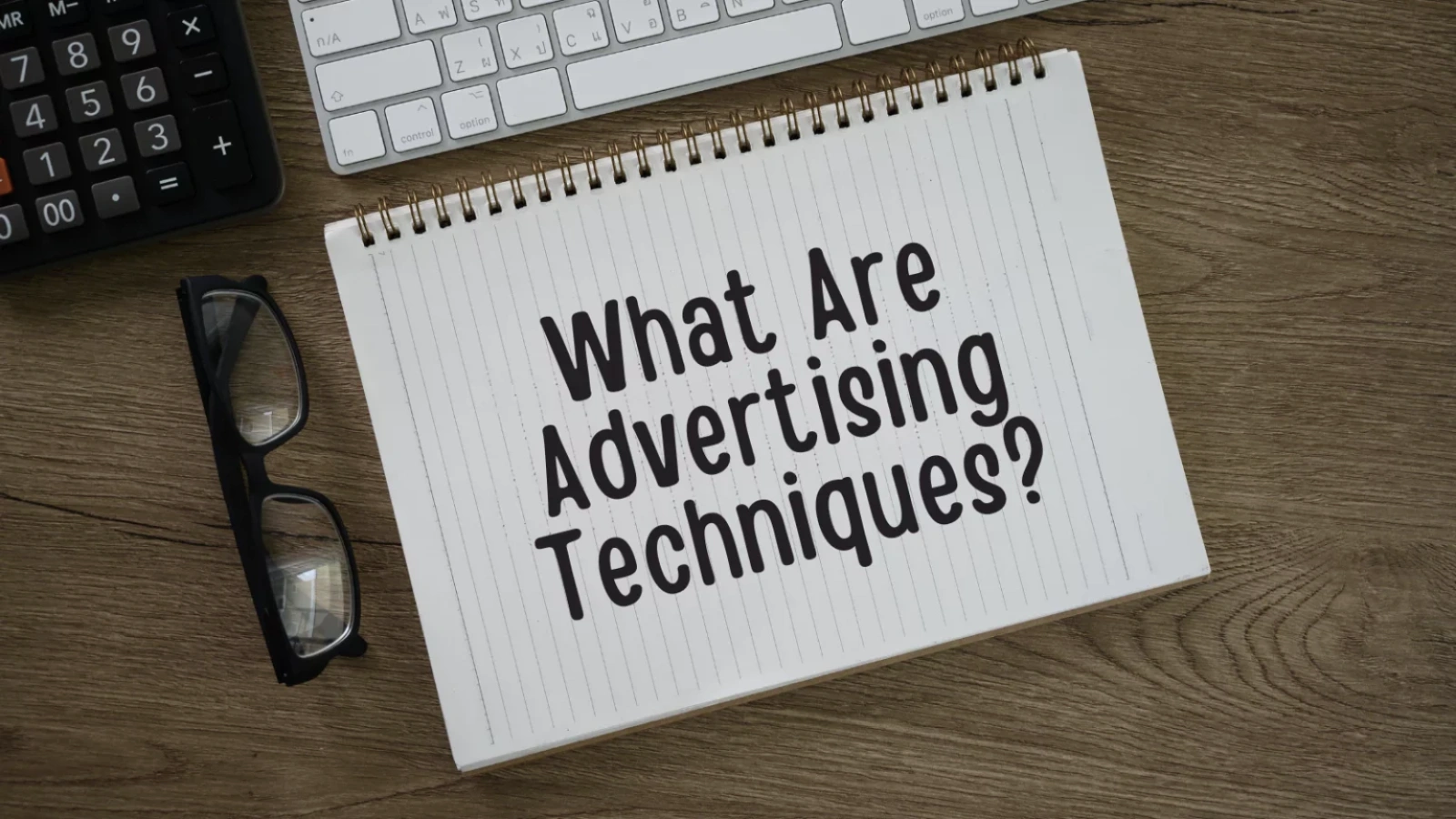
Curious about knowing what advertising tactics are?
Advertising techniques are strategies used by marketers to persuade consumers to buy a product, use a service, or support a cause. These techniques often appeal to emotions, logic, or social pressures. One common method is emotional appeal, which taps into feelings like happiness, fear, or guilt to create a strong connection with the audience. Another is the bandwagon technique, advertising methods where advertisers suggest that everyone is using the product, encouraging others to join in.
Testimonials and celebrity endorsements rely on trust in public figures to influence buying decisions. Repetition is also used frequently to make the product name or slogan stick in the viewer’s mind. Snob appeal suggests that a product is exclusive or luxurious, making consumers feel elite, while the plain folks technique promotes the idea that the product is suitable for ordinary people. Humor can make ads more memorable and enjoyable, while fear appeals focus on the negative consequences of not using a product or service.
Additionally, advertisers often use facts and statistics to build credibility, although they might use glittering generalities and vague but positive words to make a product sound better than it is. Techniques like card stacking, which highlights only the positives, and name-calling, which criticizes competitors, are also common. These advertising techniques work together to influence consumer behavior in subtle and powerful ways.
Here, we see what advertising techniques are.
In this guide, we’ll look at ten different advertising techniques you can use to expand your promotion with ease.
5 Types Of Advertising Techniques
Let’s see some different advertising techniques and some advertising tricks of advertisement techniques.
1. Social Media Marketing 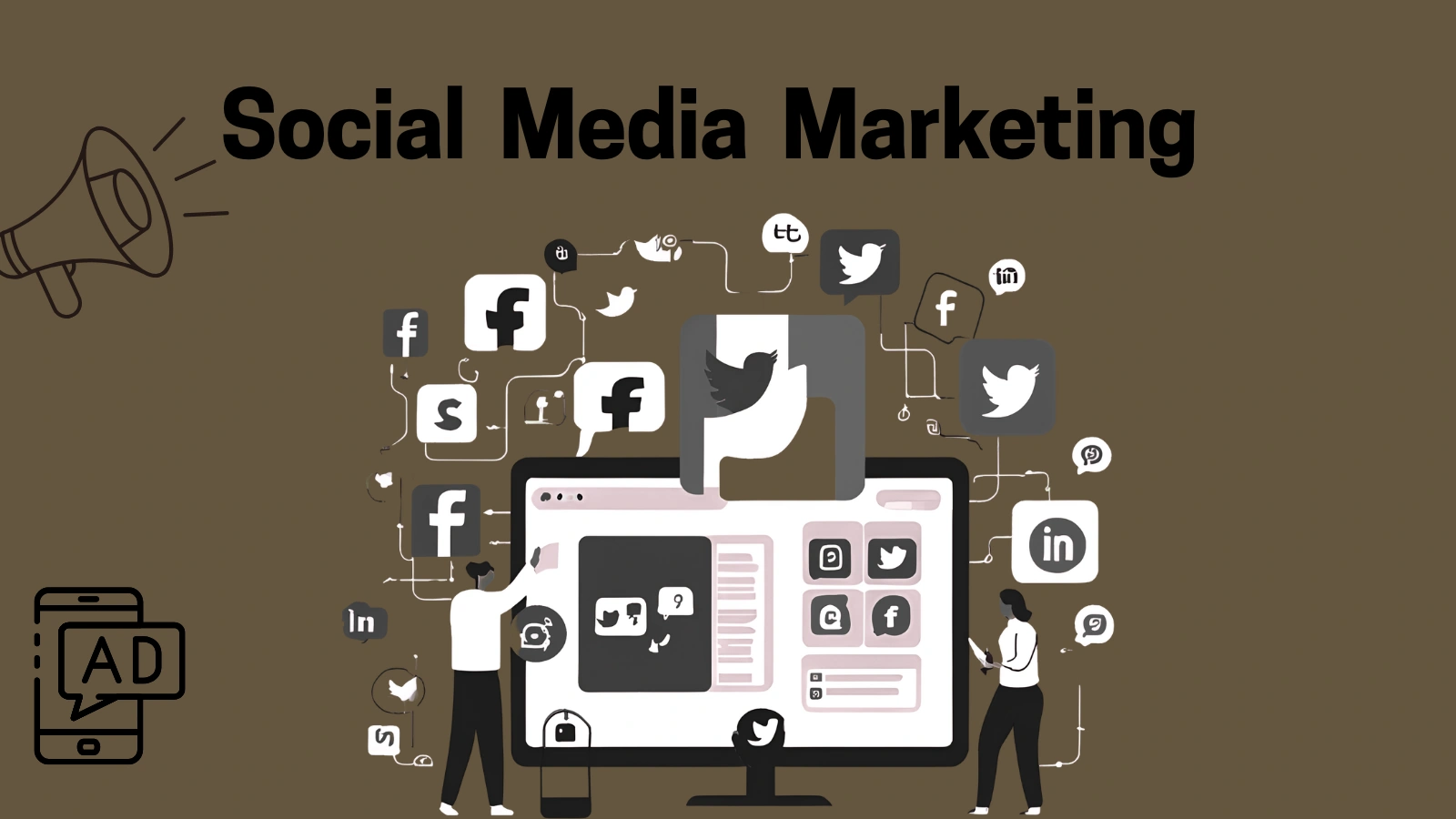
Social media marketing is a form of digital marketing that uses social media platforms like Facebook, Instagram, Twitter (X), LinkedIn, TikTok, and YouTube to promote products, services, or brands. Its goal is to connect with audiences where they spend much of their time online, build brand awareness, drive engagement, and ultimately increase sales or conversions.
This type of advertising technique involves creating and sharing creative content tailored to each platform, such as images, videos, stories, and posts. Businesses use both organic strategies (unpaid content) and paid advertising (sponsored posts, influencer partnerships, and targeted ads). A key strength of social media marketing is its ability to target specific audiences based on age, location, interests, and behavior. It also allows for two-way communication—brands can interact directly with customers through comments, direct messages, and live chats.
Effective advertising in social media marketing relies on understanding the audience, setting clear goals, using analytics to measure success, and staying current with trends. It’s a powerful tool not only for promoting products but also for building a brand personality, gaining customer insights, and fostering long-term loyalty.
2. Direct Mail
Direct mail advertising techniques are a marketing strategy that involves sending physical promotional materials, such as brochures, catalogs, postcards, or letters, directly to a targeted group of potential customers. Unlike digital advertising, direct mail reaches consumers at their physical addresses, allowing brands to make a tangible connection with their audience.
One of the key advantages of direct mail is its ability to target specific demographics based on location, income, or purchasing behavior, ensuring that the message reaches the right people. It can be highly personalized, with businesses customizing the content to the recipient’s preferences, increasing the likelihood of engagement. For example, a store might send out coupons with the recipient’s name and tailored offers based on their past purchases.
Direct mail is often used for local marketing campaigns, product launches, special promotions, or to drive immediate action, like encouraging a recipient to visit a store or redeem a limited-time offer. Despite the rise of digital marketing, direct mail remains effective due to its physical nature, which stands out in an increasingly digital world, and because it can convey a sense of exclusivity or importance.
To be effective, direct mail campaigns should be well-designed, with eye-catching visuals, a clear call to action, and compelling offers to drive recipients to act. Furthermore, tracking the success of direct mail campaigns (through response rates, sales, or custom URLs) is crucial to optimizing future efforts.
3. Digital Advertising
Digital advertising techniques refer to the practice of promoting products, services, or brands through digital channels such as websites, search engines, social media, email, and mobile apps. This form of advertising leverages the internet and digital technologies to target specific audiences with highly personalized messages. It has become a central part of modern marketing strategies due to its wide reach, real-time performance tracking, and ability to engage consumers in interactive ways.
Some key types of digital advertising include:
Display Ads:
These are banner or sidebar ads that appear on websites. They can include images, text, and video, and are often used to drive brand awareness or direct traffic to a landing page.
Search Engine Advertising (Pay-Per-Click or PPC):
These ads appear on search engine results pages (e.g., Google) when users search for specific keywords. Advertisers bid for these keywords, and the ad appears when the user’s search matches the keyword, charging the advertiser when the ad is clicked.
Social Media Advertising:
Platforms like Facebook, Instagram, LinkedIn, Twitter, and TikTok allow businesses to create paid ads that appear in users’ feeds or sidebars. These ads can be highly targeted based on users’ interests, demographics, and behavior.
Digital advertising provides advertisers with real-time data and analytics, allowing them to track performance, optimize campaigns, and adjust their strategies for maximum impact. It also allows for a higher degree of personalization, targeting individuals based on factors such as browsing history, location, and interests. This targeted approach makes digital advertising highly effective in driving customer engagement, conversions, and brand loyalty.
Also Read!
Creativity: The Secret Ingredient To Every Ad Campaign
10 Best Strategies For Effective Advertising- The Game Changer
4. Mobile Advertising
Mobile advertising techniques refer to the practice of delivering promotional content through mobile devices like smartphones and tablets. Given the increasing use of mobile phones for browsing, social media, shopping, and entertainment, mobile advertising has become a critical component of digital marketing strategies. It allows businesses to reach consumers on the go, making it highly effective for engaging users in real-time and in a highly personalized manner.
There are several types of mobile advertising:
In-App Advertising:
This involves displaying ads within mobile applications. These ads can be in the form of banners, interstitials (full-screen ads that appear at natural transition points), or video ads. Since many people spend a significant amount of time in apps, this format allows brands to reach users directly in the environment where they are engaged. It created tactics in advertising.”
Mobile Web Ads:
These are ads that appear when users browse the internet on their mobile devices. They can take the form of display ads (banners), pop-ups, or native ads that blend into the content of the websites.
SMS (Text Message) Marketing:
Brands send promotional offers, reminders, or alerts via SMS directly to a user’s phone number. SMS marketing tends to have a high open rate because most people read text messages almost immediately after receiving them.
Overall, mobile advertising is an essential tool for modern marketers looking to target consumers effectively and create meaningful, real-time interactions with their audience.
5. Native Advertising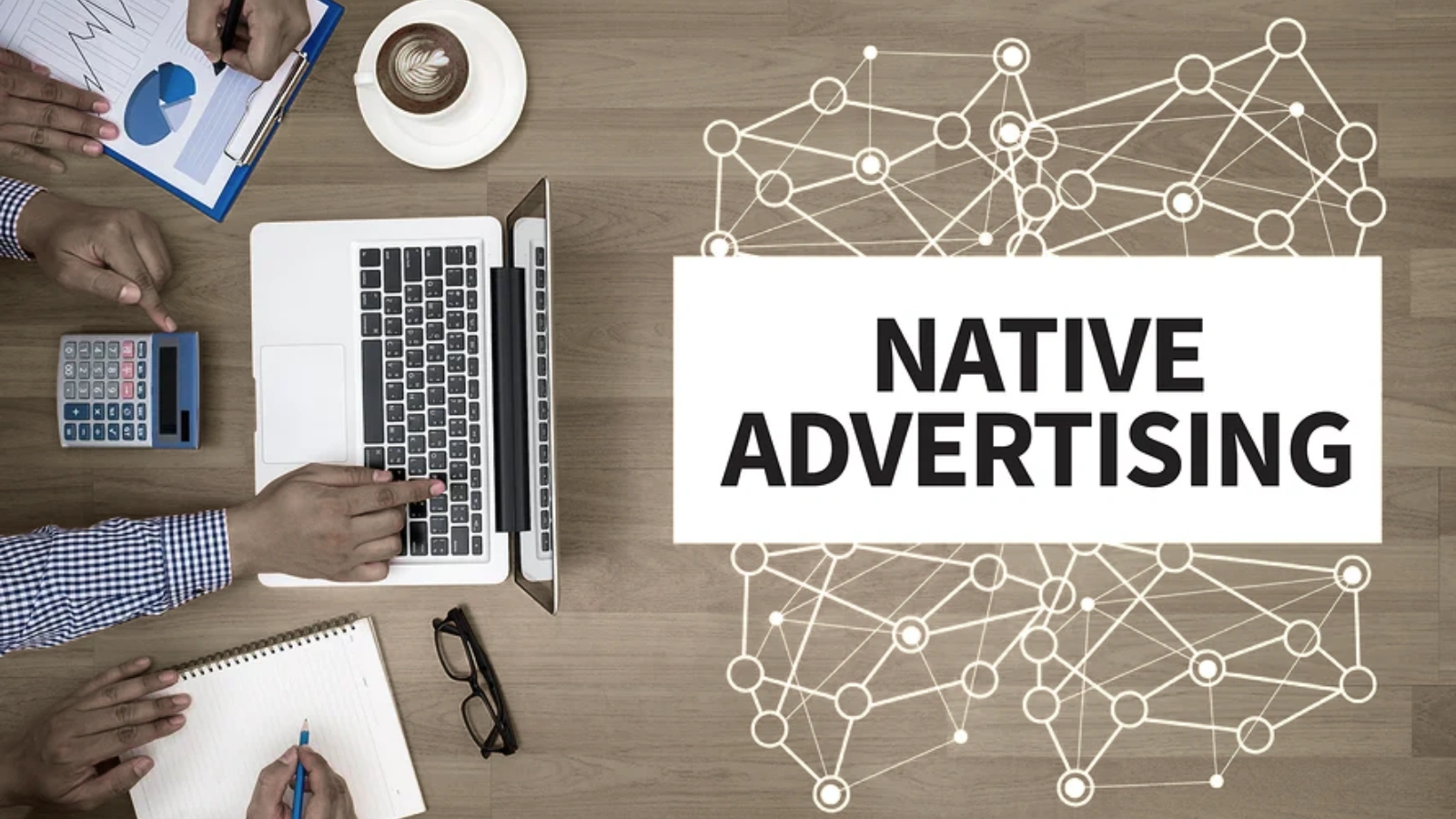
Native advertising techniques are a form of online advertising that blends seamlessly with the content of the platform where it appears, making it less intrusive and more engaging for users. Unlike traditional display ads, which are often easily distinguishable from the content around them, native ads match the style, format, and function of the surrounding content, making them appear like a natural part of the user’s experience.
This type of advertising technique can take many forms, such as sponsored articles, social media posts, or video content that is presented in a way that feels organic to the platform. For example, a brand might create an article that provides valuable information, but also subtly promotes its products or services.
The key to native advertising’s effectiveness is that it doesn’t disrupt the user’s experience; instead, it provides content that is relevant, entertaining, or informative. Because of this, native ads often have higher engagement rates compared to traditional banner ads, as they feel less like an interruption and more like valuable content. However, to avoid misleading the audience, native ads are typically labeled as “sponsored” or “paid content,” maintaining transparency while still delivering an effective marketing message.
In advertising techniques, there are some examples. Native advertising is widely used across social media, news websites, and streaming platforms to subtly promote products and build brand awareness without feeling overly commercial. These are some creative tactics in advertising.”
You can also use various ad spy tools or software to spy on your competitor’s native ads. It allows you to optimize your ad strategy and boost your sales. Moreover, PowerAdSpy, one of the most efficient ad spy tools, lets’s get some knowledge about how PowerAdSpy can help you to grow your ads. Let us have a look at what more this software offers.
PowerAdspy: The Ultimate Tool for Smarter Advertising Research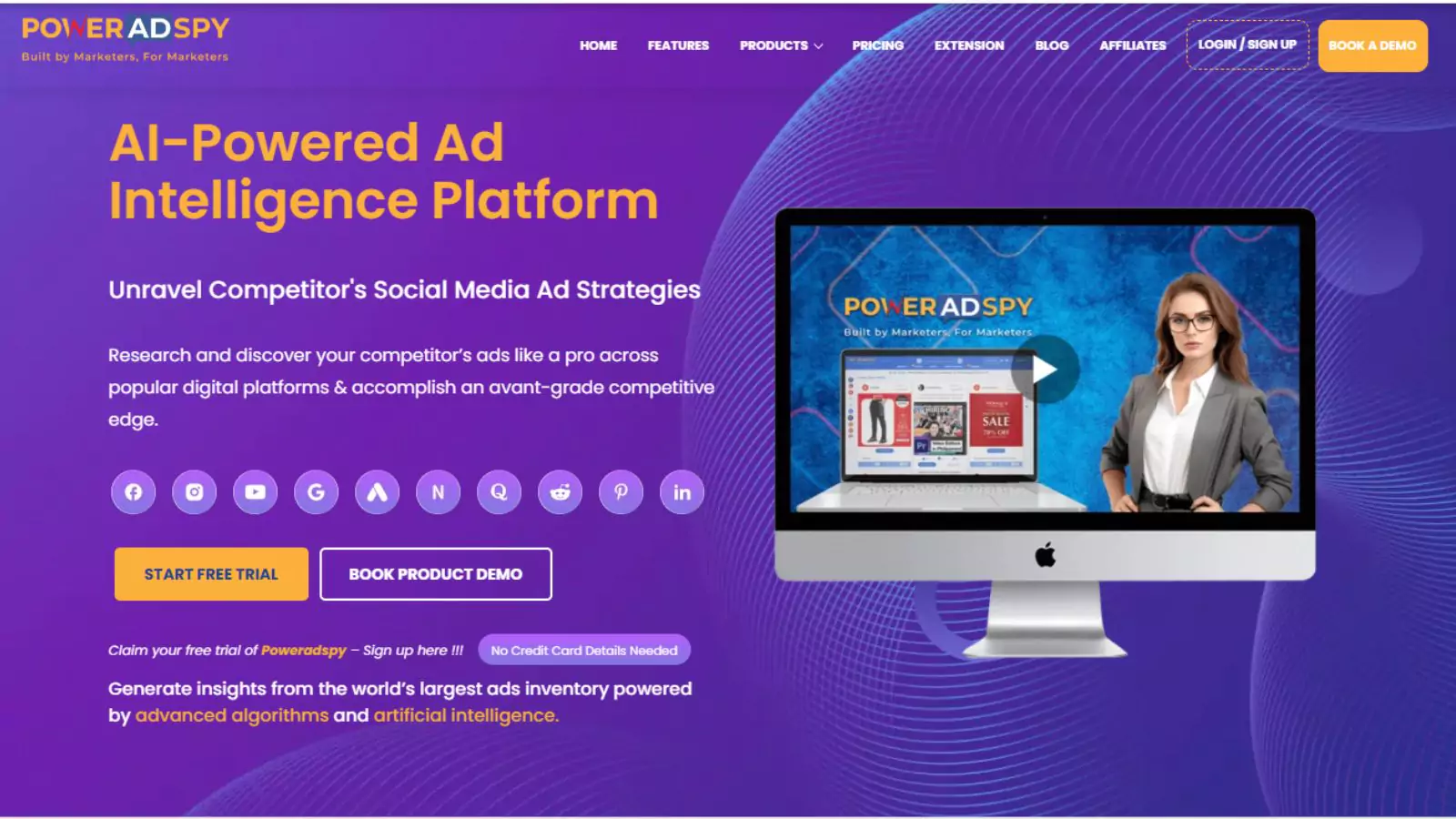
PowerAdSpy is a competitive intelligence and ad spying tool designed to help marketers, advertisers, and businesses improve their advertising strategies by analyzing competitor ads across various platforms. Here’s how it can help in refining and optimizing your advertisement techniques:
Key features:
Filter By Ad Positions:
PowerAdSpy lets you filter ads based on where they appear on the platform. It helps you identify which ad positions get the most attention and can optimize your ad placements for better results.
Complete Visibility:
This feature gives you a comprehensive view of your competitors’ Facebook, Instagram, and Google. You can see the types of ads they’re using, the messages they’re sharing, and how they ensure you stay informed and competitive.
Narrow Down Your Searches:
With advanced filters for location, language, and ad type, you can zero in on ads that are most relevant to your audience. It makes your research more focused and time-efficient, saving you valuable time.
Powerful Search Algorithm:
PowerAdSpy’s smart search helps you find the ads that matter most. You can sort ads by engagement, ad spend, and type. With the help of this, you spot successful strategies for your competitors.
PowerAdSpy can help advertisers check on their competitors’ ads on social media platforms. It allows them to focus on multiple key performance metrics and create an effective strategy for Google ad campaigns, leading to the maximized effectiveness of the ad campaign.
Conclusion
Advertising techniques are multifaceted strategies that brands use to capture the attention of consumers and persuade them to take action. Whether through emotional appeal, social proof, or logical reasoning, each technique serves a unique purpose in driving brand awareness, engagement, and conversions. From traditional methods like direct mail and display ads to modern digital strategies like social media marketing and native advertising, these techniques leverage both creativity and data to deliver messages that resonate with targeted audiences. PowerAdSpy can help you grow your reach in advertising.
As technology continues to evolve, advertising methods will likely become even more personalized, interactive, and innovative, further enhancing their effectiveness. Ultimately, successful advertising depends on understanding the audience, crafting compelling messages, and choosing the right channels to connect with consumers in meaningful ways.
Also Read!
7 Strategies for Decoding Competitor Ads
FAQ
1. What is the difference between traditional and digital advertising techniques?
Traditional advertising techniques, such as TV commercials, print ads, and billboards, rely on mass media to reach a broad audience. Digital advertising, on the other hand, uses the internet and electronic devices, like social media, websites, and mobile apps, to target specific, often smaller, audiences. Digital ads are also more interactive and offer detailed analytics, while traditional ads may be less measurable.
2. How does emotional appeal work in advertising?
Emotional appeal in advertising seeks to evoke feelings like happiness, sadness, fear, or excitement to create a connection between the consumer and the product or service. For example, a charity ad might use emotional visuals of animals in need to inspire donations. This technique works because emotions drive consumer behavior and can lead to stronger brand loyalty and action.
3. What is the “bandwagon” advertising technique?
The “bandwagon” technique suggests that since everyone is doing something, you should too. It capitalizes on the fear of missing out (FOMO) and encourages people to follow the crowd. For example, a brand might advertise that “millions have already switched to our service” to persuade others to join in.


